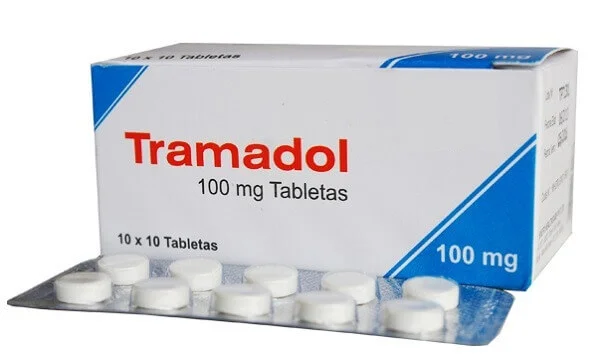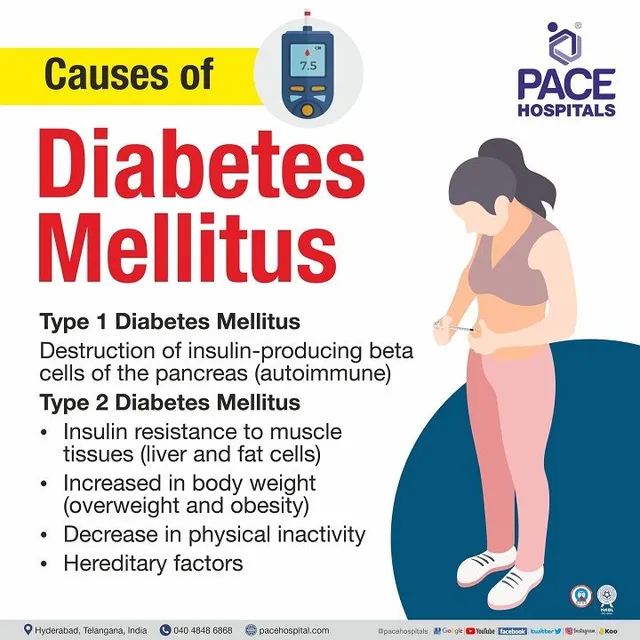Tramadol:What is Tramadol? A Comprehensive Overview
Introduction
Tramadol is a prescription medication primarily used to treat moderate to severe pain. As a synthetic opioid analgesic, it is commonly prescribed for pain management after surgery, injury, or chronic pain conditions. Despite being classified as a less potent opioid, tramadol has gained attention due to its addictive potential, side effects, and safety concerns. In this comprehensive overview, we will explore the various aspects of tramadol, including its mechanism of action, uses, risks, side effects, and the debate surrounding its prescription.
What is Tramadol?
Tramadol is an opioid pain reliever that is chemically related to both opioids and non-opioids. It works by altering how the brain and nervous system respond to pain. It is sold under various brand names, such as Ultram, and is commonly prescribed for moderate pain relief, such as from injury or surgery. Tramadol is classified as a Schedule IV controlled substance under the Controlled Substances Act in the United States due to its potential for misuse, although it is less likely to be abused than other opioids like morphine or oxycodone.
Tramadol is available in various formulations, including immediate-release and extended-release tablets. Extended-release versions of tramadol are prescribed for individuals who require long-term management of chronic pain.
Mechanism of Action
Tramadol’s effectiveness comes from its dual mechanism of action. It works in two key ways:
- Opioid Receptor Agonist: Tramadol binds to opioid receptors in the brain and spinal cord. These receptors are responsible for blocking pain signals and reducing the perception of pain.
- Inhibition of Serotonin and Norepinephrine Reuptake: Tramadol also increases the levels of serotonin and norepinephrine, neurotransmitters involved in mood regulation and pain modulation. This dual action gives tramadol a unique profile compared to other opioids, allowing it to provide pain relief while influencing mood and emotional states.
Because of this dual action, tramadol can provide relief from pain while also potentially improving mood, which may help with conditions like depression and anxiety that often accompany chronic pain. However, these properties can also contribute to its potential for abuse.
Uses of Tramadol
Tramadol is most commonly prescribed for managing moderate to severe pain, and its uses include:
- Post-Surgical Pain Relief: Tramadol is frequently used after surgical procedures such as orthopedic surgery, dental procedures, or other surgeries where pain management is necessary. It can be prescribed as part of a pain management regimen during recovery.
- Chronic Pain Management: For individuals suffering from chronic pain conditions such as osteoarthritis, fibromyalgia, or lower back pain, tramadol is often prescribed as a long-term solution when other non-opioid pain medications are ineffective.
- Neuropathic Pain: Tramadol is also effective for certain types of neuropathic pain, including conditions like diabetic neuropathy or post-herpetic neuralgia. These conditions result from damage to the nerves, and tramadol’s action on serotonin and norepinephrine can help modulate nerve activity.
- Pain Management in Cancer Patients: In cases of cancer-related pain, tramadol may be used in conjunction with other analgesics to help provide comprehensive pain relief.
Dosage Forms and Administration
Tramadol is available in various forms, including:
- Immediate-Release Tablets: These tablets are typically taken every 4-6 hours for short-term pain relief.
- Extended-Release Tablets: These are used for long-term, consistent pain management, usually taken once daily.
- Oral Solution: Tramadol is also available in a liquid form for individuals who may have difficulty swallowing pills.
- Injectable Form: In certain hospital or clinical settings, tramadol may be administered through injection for quick pain relief, although this form is less common.
The dosage of tramadol depends on the severity of the pain, the individual’s medical condition, and their prior experience with opioids. The typical starting dose for adults is 50 mg every 4-6 hours as needed for pain, with the maximum daily dose usually not exceeding 400 mg. Extended-release versions may have a higher starting dose, depending on the specific formulation.
Side Effects of Tramadol
Like all medications, tramadol has potential side effects, which can range from mild to severe. Some common side effects include:
- Drowsiness and Dizziness: These are among the most common side effects, especially when starting treatment. Some individuals may experience sedation or dizziness that can impair their ability to operate machinery or drive.
- Nausea and Vomiting: Tramadol may cause gastrointestinal discomfort, leading to nausea or vomiting, especially when taken on an empty stomach.
- Constipation: Like other opioids, tramadol can lead to constipation, which can be uncomfortable and may require the use of laxatives.
- Headache: Some individuals may experience headaches while taking tramadol, particularly when starting treatment.
- Sweating and Fatigue: Increased sweating or a feeling of fatigue can occur, especially with higher doses or prolonged use.
More serious side effects, though less common, can occur and may require immediate medical attention:
- Seizures: Tramadol has been associated with an increased risk of seizures, particularly at higher doses, in individuals with a history of seizures or other risk factors such as alcohol or drug use.
- Respiratory Depression: Like other opioids, tramadol can depress breathing. This can be dangerous in individuals who take high doses, combine tramadol with other central nervous system depressants (like alcohol or benzodiazepines), or have respiratory conditions like asthma.
- Serotonin Syndrome: Due to its action on serotonin, tramadol can lead to serotonin syndrome, a rare but life-threatening condition that causes symptoms such as agitation, confusion, rapid heart rate, high blood pressure, and muscle rigidity.
- Addiction and Dependence: Although tramadol is considered less addictive than other opioids, it still carries a risk for dependence, especially with long-term use or misuse. Users may develop tolerance over time, requiring higher doses for the same effect, which can lead to physical dependence and withdrawal symptoms when discontinuing use.
Risks and Abuse Potential
While tramadol is considered a less potent opioid, it still carries risks of misuse and addiction. Individuals with a history of substance abuse may be at a higher risk of developing a dependence on tramadol, especially if taken in larger-than-prescribed doses or combined with other drugs or alcohol. The risk of misuse is particularly concerning when tramadol is used recreationally or beyond its prescribed dosage.
The potential for abuse and misuse has led to increased regulation of tramadol in many countries. In the U.S., it was classified as a Schedule IV controlled substance under the Controlled Substances Act, meaning that while it has some therapeutic uses, it carries a lower risk of abuse compared to other opioids such as morphine or oxycodone.
Tramadol and Drug Interactions
Tramadol can interact with a variety of medications, leading to either increased side effects or diminished therapeutic effects. Some common interactions include:
- Central Nervous System Depressants: Combining tramadol with other drugs that depress the CNS, such as alcohol, benzodiazepines, or other opioids, can significantly increase the risk of respiratory depression, sedation, and overdose.
- Antidepressants: Tramadol’s serotonin-boosting effects can interact with other drugs that affect serotonin levels, such as SSRIs (Selective Serotonin Reuptake Inhibitors), SNRIs (Serotonin-Norepinephrine Reuptake Inhibitors), and MAOIs (Monoamine Oxidase Inhibitors). This can increase the risk of serotonin syndrome.
- Anticoagulants: Tramadol can interact with blood thinners such as warfarin, increasing the risk of bleeding. Monitoring of blood clotting parameters may be necessary when using these medications together.
- Monoamine Oxidase Inhibitors (MAOIs): Tramadol should not be taken with MAOIs or within 14 days of stopping an MAOI, as the combination can lead to severe side effects, including serotonin syndrome and hypertensive crisis.
Withdrawal and Dependency
Over time, individuals who use tramadol regularly may become dependent on it, particularly if they have taken it for extended periods at higher doses. Withdrawal symptoms can include:
- Restlessness and anxiety
- Muscle aches and pain
- Insomnia and trouble sleeping
- Nausea and vomiting
- Sweating and chills
- Rapid heartbeat
Because of its potential for dependence and withdrawal, tramadol should not be discontinued abruptly. Tapering the dose under the supervision of a healthcare provider is the recommended method for discontinuing the medication.
Tramadol in Special Populations
- Elderly Patients: Older adults may be more susceptible to the side effects of tramadol, such as sedation, dizziness, and falls. The dosage should be adjusted accordingly for this population.
- Pregnancy and Breastfeeding: Tramadol should be used during pregnancy only if clearly needed. It can pass into breast milk and may affect a nursing infant, so it is generally advised to avoid tramadol while breastfeeding unless absolutely necessary.
- Liver and Kidney Disease: Tramadol is metabolized by the liver and excreted by the kidneys. People with liver or kidney impairments may need adjusted doses to prevent accumulation of the drug in the body.
Conclusion
Tramadol is a widely used medication for managing moderate to severe pain, offering relief for a variety of conditions ranging from post-surgical recovery to chronic pain. Despite its effectiveness, it is not without risks, including the potential for abuse, addiction, and serious side effects like seizures and serotonin syndrome. Careful monitoring, appropriate dosing, and awareness of potential drug interactions are crucial for those using tramadol, particularly for long-term management of pain.
As with any opioid medication, tramadol should be used with caution and under the supervision of a healthcare provider. In recent years, there has been growing concern over the opioid epidemic, and the responsible use of tramadol and similar medications is essential to ensure that the benefits of pain management are realized without exposing individuals to unnecessary risks.






